Want to contribute to this article?
Below is an edited transcript from Alistair Gibb's presentation at the Qualsys Health and Safety conference 2019.
This is essential reading for health and safety practitioners in 2020. However, there is a lot of information in this article so we recommend pouring yourself a coffee, finding a quiet spot and taking 10 minutes to read through the ideas and opinions in this post.
| Download a range of ISO 45001 and health and safety materials here: |
My friend has a McLaren sports car. He is the type of guy who is interested in engines.
Most people, however, would rather drive it. The majority of people are more interested in the joy of the comfort and the power.
I think systems are the same. You need systems. Systems are your engine. It makes the performance. Somehow, we've got the hide the systems from most people and make it so everything works.
Today I'm horizon scanning and telling you what is happening in the future.
What I'm going to focus on is these three themes:
1) Managing workarounds
2) Manage the third way
3) Manage health like safety
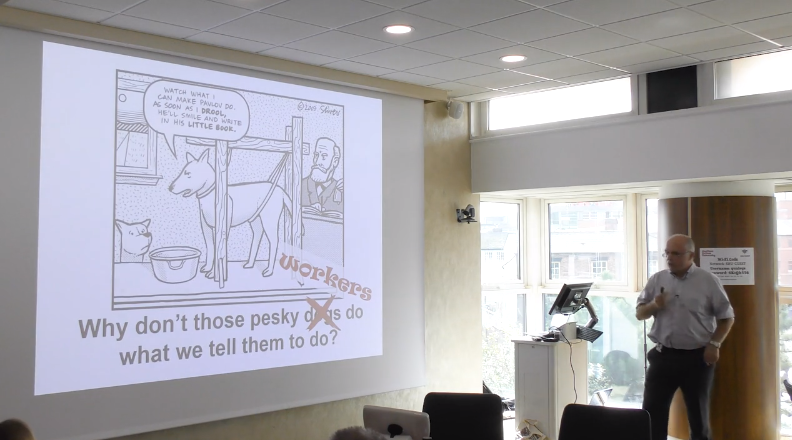
1) Managing workarounds
We did some research funded by IOSH to learn how OSH knowledge went around various sized organisations. We wanted to understand how what you plan doesn't really happen.
Turning information into active knowledge
There are two main challenges when it comes to turning information in active knowledge. The first is the personal challenge, the second is the organisational challenge.
a) The personal challenge
I think the P-COK model is really helpful to explain what is happening as information comes through the source and results in an action.
The source / channel is where the information comes from. But on top of this, there is a whole raft of additional information which is being processes - explicit and tacit contextual factors will influence their decisions and actions.
Their attitudes and world-view will make a significant impact on how they behave.
All of this data, information and experiences are then translated into knowledge. This is how we make the difference. We need to think that around this person there are filters and membranes.
1) Situational filter: In 1 scenario at 2 different times, someone may do the same thing.
2) Individual filter: 2 people in the same situation may do different thing
What we often miss is there are all of these factors influencing behaviour. Behaviour may not have occurred for the same reason.
What we're really interested in is behaviour.
We did some research and grouped enactment into 5 tiers.
1) Exact enactment of initial message
2) Exact enactment of the direct message
3) Partial enactment of the message because the individual does not understand.
4) Partial enactment of the message because the individual considers, rightly or in-advisably, that the conditions and environment that they face make the message inappropriate.
5) Partial enactment or non-enactment of the message because the individual decides, consciously or subconsciously, not to follow the guidance or instruction of the message.
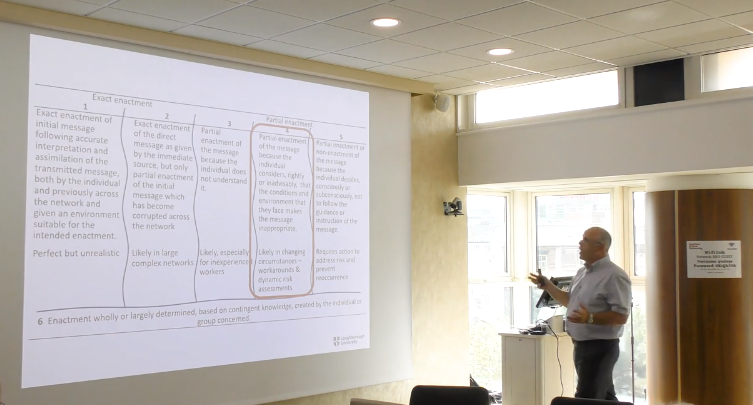
The most likely enactment was category 4: Partial enactment because the individual considers, rightly or in-advisably, that the conditions and environment that they face make the message inappropriate.
The message was :"I couldn't do that because there's a better way of doing it." "I couldn't do that because the situation was different."
This resulted in workarounds and shortcuts. And this is a bit of a problem. If you're a health and safety practitioner, and you think all shortcuts and workarounds are bad - it's likely you only ever hear about the workarounds which result in accidents and incidents.
Our research and findings were that workarounds and shortcuts happen all of the time. People never do what you expect them to. They aren't doing it for the bad reasons. Therefore, this issue with workarounds is really quite important.
On an individual level, enactment is affected by all these factors.
But then we move onto a organisational level and it becomes even more complex due to all the networks we work in.
Networks:
A typical project has groups of people who are all taking information in and doing something with it. But you look at all of the relationships, and it becomes very complex
Within each of these networks there are subnetworks. Within the large network there are suppliers, partners, subcontractors, customers, different teams within the organisations etc.
Then you have overlapping networks. And the real challenge is for the people on the site or factory floor.
What's it like for them?
One said: "It's a bit like having two generals you need to listen to."
Another said: "It's like a general and a sergeant major. The sergeant major is the person who pays you and tells you to do it a certain way. You're pressurised."
In terms of horizon scanning, two of the foremost thinkers in health and safety are saying:
"Don't tell them what to do... ask them what they need."
"People are the solution, not the problem."
The main concepts behind each of these books is that we need to be less uptight about little things. We need to pull back and make sure we don't lose the overall battle.
Here are two books:
Safety differently book on Amazon
Safety-I and Safety-II on Amazon
But this concept isn't new. Carin Sundtrom-Frisk was talking about this back in the 80s.
She said:
People can work day in and day out in a hazardous environment. Through their thoughtfulness, ingenuity, attention and physical abilities they can compensate for poorly designed equipment, facilities and routines, and thus prevent the risks being triggered.
Then one day in a few seconds, someone loses his or her attentions and the accident happens. From that moment the 'human factor' (i.e. people are blamed) s recognised. We don't have so many accidents because of the human factor - it is because of the human factor we have so few.
The fact that you have been working all this time safely and adapting everything all of the way through, is ignored. They've managed to pick up that you didn't obey the rules.
This doesn't mean you shouldn't have method statements or systems.
What it does mean is that it might not work in the way you expect it to work so you need to talk to the workers and find out in the real world what happens and empower them to make decisions.

2) Manage the third way
Andrew Hale and David Borys have been talking about two different models: Top-down and bottom-up.
Top-down is where senior people say what should happen.
Bottom-up is where you allow workers to determine the rules.
When we started working with IOSH, we took these two concepts and wanted to learn what happens in-between. Our belief was that most things fell in-between both of the models.

So here are some scenarios:
Scenario 1:
A stressful home environment where there may be some violence.
1) A nurse is doing a routine check on a patient in the community. A stressful home environment where there may be some violence.
2) A midwife attending to a patient who has gone into labour. A stressful home environment where there may be some violence.
It's the same environment. What's different is that the community midwife is empowered to change the official rules and strict method statement to adapt to the situation. For the nurse, it's a standard procedure.
The key thing that came out of this research was that people need to understand the key principles, but adapt to the scenario.
Scenario 2:
1) Warehouse worker using mechanical equipment with high stacks of large goods
2) Delivery driver unloading large items and delivering to an upstairs room in an residential dwelling
The delivery driver needs to be much more flexible and adaptive to the scenarios in order to deliver customer satisfaction.
Scenario 3:
1) Operative sweeping scaffolding on the 4th floor of an office block
2) Operative sweeping construction site at ground level.
In this particular situation, it seemed more important that the operative who was on the 4th floor of an office block should have a set of methods and instructions. Really it's all about risks to other people and themselves. There's a risk of falling, things falling etc.
But beware - things aren't always as they seem.
In this particular case, a man was sweeping up at the side of the road on a red route. Actually that person does need to have training. The environment and scenarios are very difference.
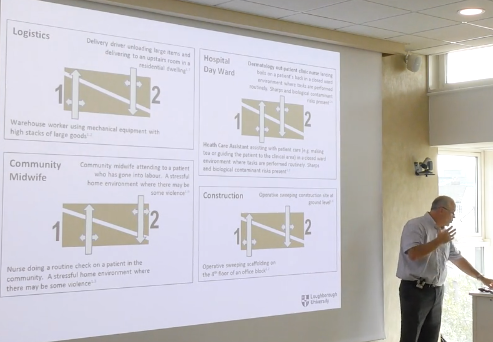
Using these sorts of scenarios with your team can be helpful to think about empowerment, enablement and adaption.
Key takeaways:
- Acknowledge personal complexity (It's not because people are evil)
- Empower and enable workers
- Understand the principles of rules
- Accept that workarounds exist
- Acknowledge organisation complexity
- Train for and adapt to scenarios.
3) Manage health like safety
The number of fatalities in construction is about a third less than 20 years ago. But health is a big issue. Far more people are dying from health issues than safety issues.
Managing health like safety is one of the big trends which is starting to gain momentum in the construction - and other sectors.
Steve Hails at Crossrails in 2014 said: "For years we have whispered health and shouted SAFETY!" But actually health is a real challenge. The costs of ill-health in construction to the employer (excluding cancers): £848m per annum. (Excluding prosecutions, compensation, civil claims, associated costs, reputation costs or future contracts)
76% of the costs were from muscular skeletal issues.
21% of the costs were from stress
In both the above cases, people weren't working as well as they could've been or were unable to work.
So health in construction has setup a leadership group to commit construction to a healthier future. One of the things they did was look at what health actually meant. They specified:
- Managing health of workers = occupational health
- Promoted healthy lifestyle choices = well being
- Protecting people from workplace health risks = occupational hygiene
All three of these things get a little confused. One of the challenges for systems managers is which of these do we need to focus on right now? Do we do a nanny state on well-being?
Occupational health is really testing businesses.
For more information about ISO 45001, download our ISO 45001 toolkit: https://quality.eqms.co.uk/iso-45001-toolkit




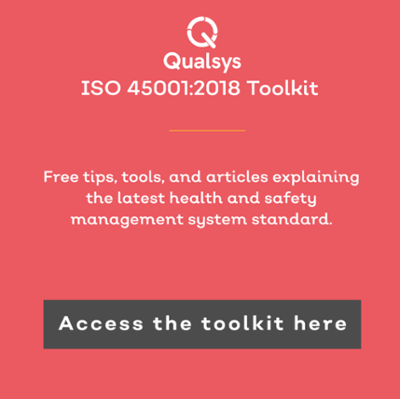
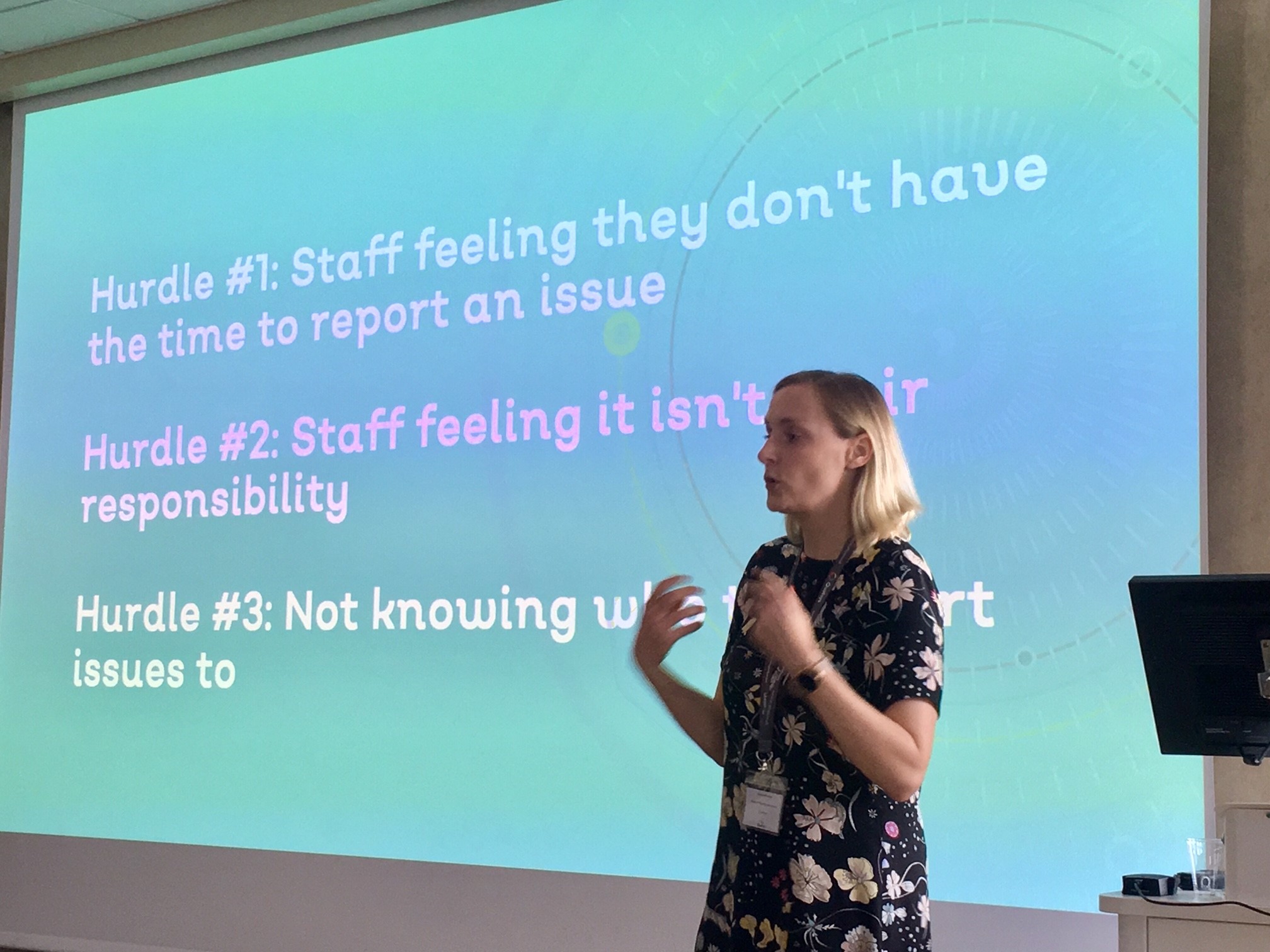


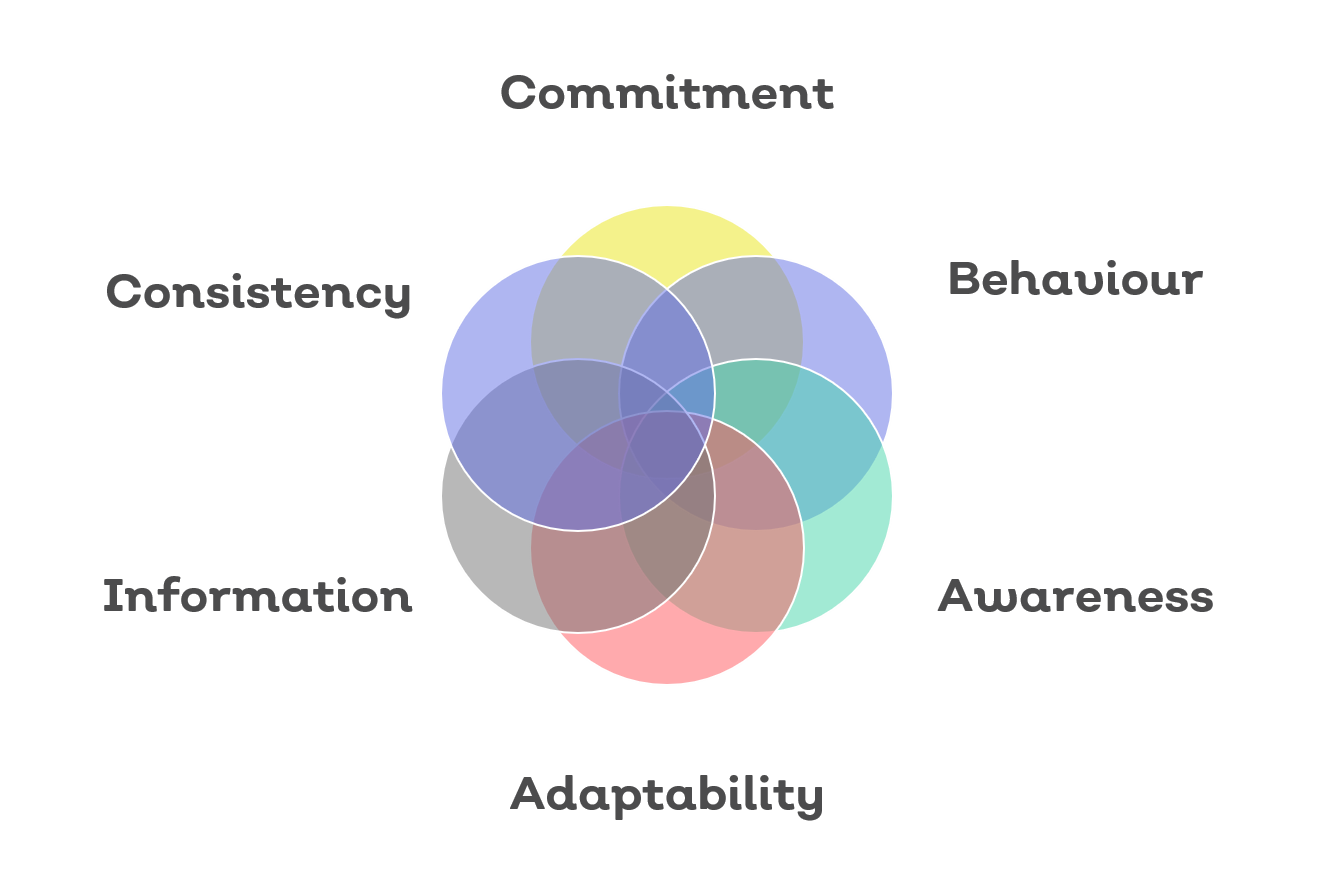
Share your thoughts on this article